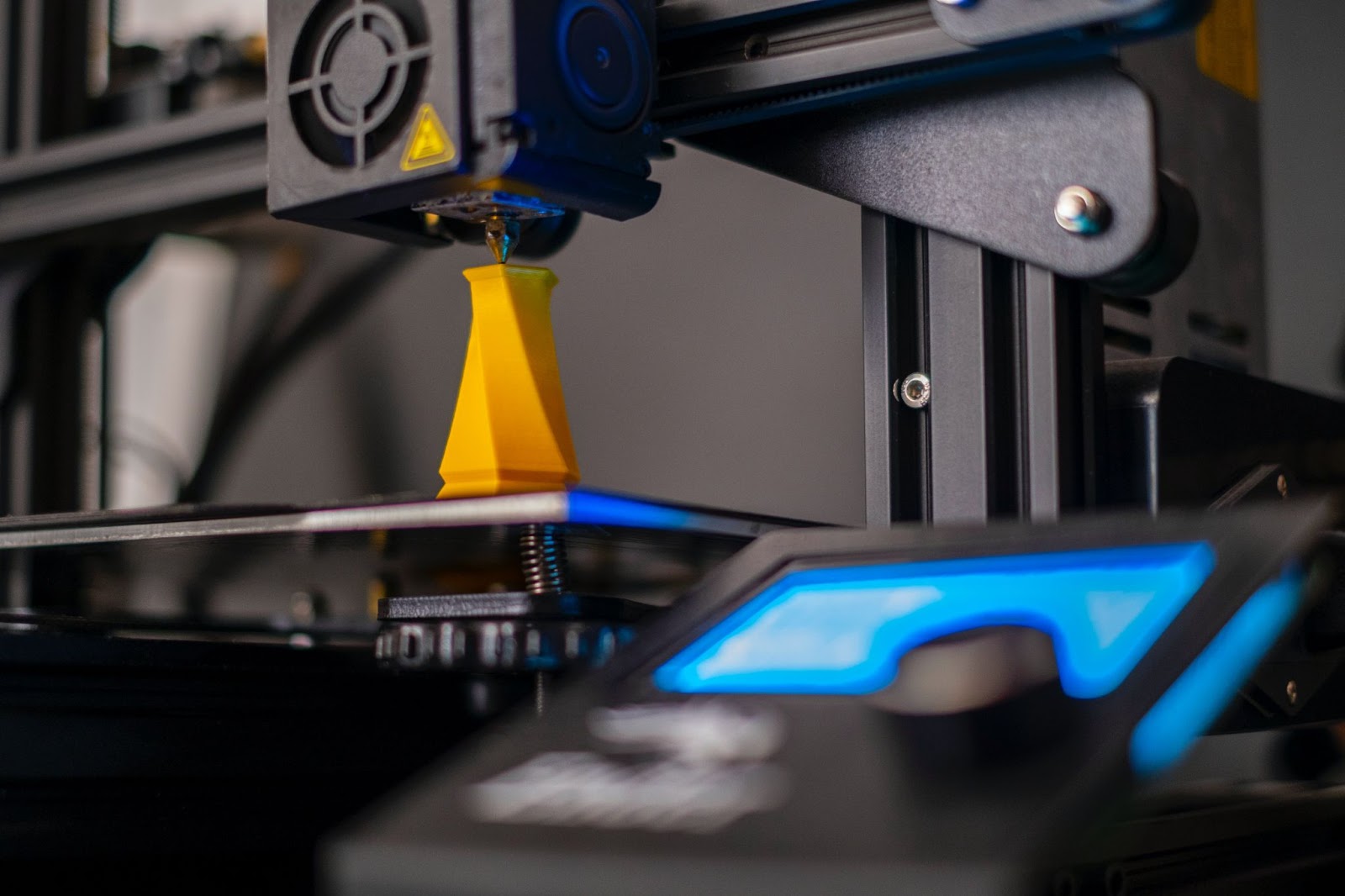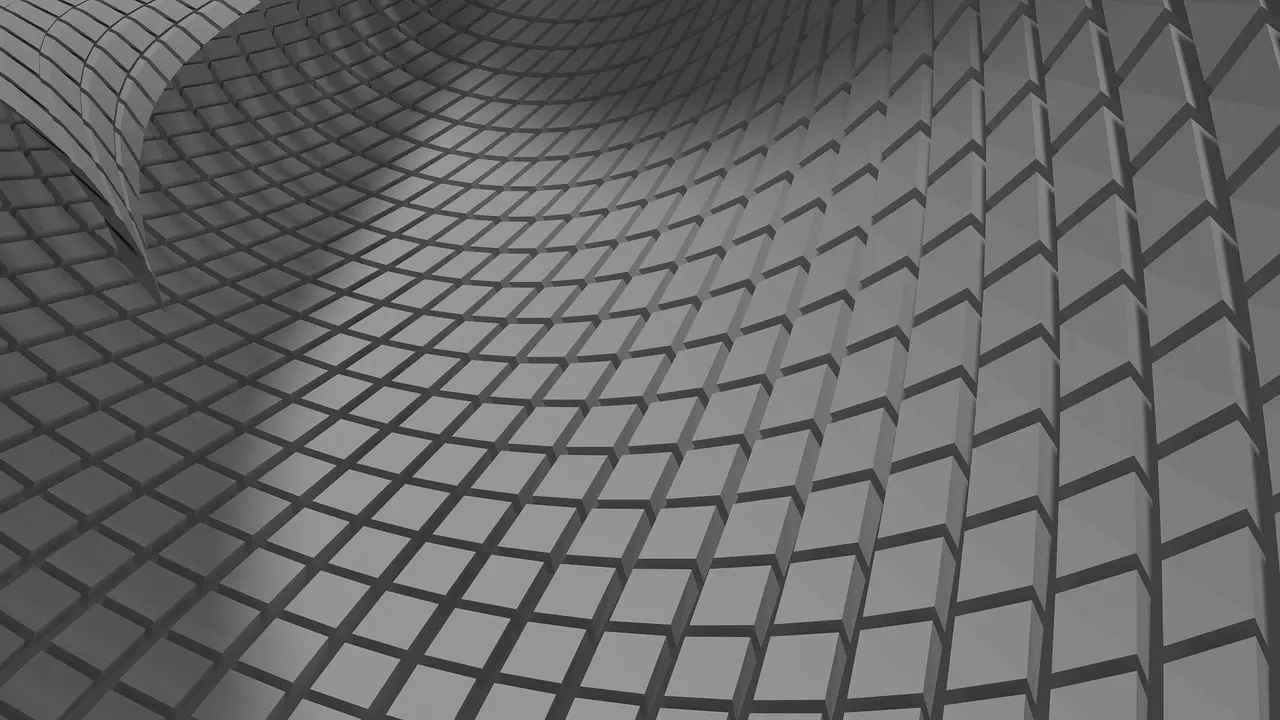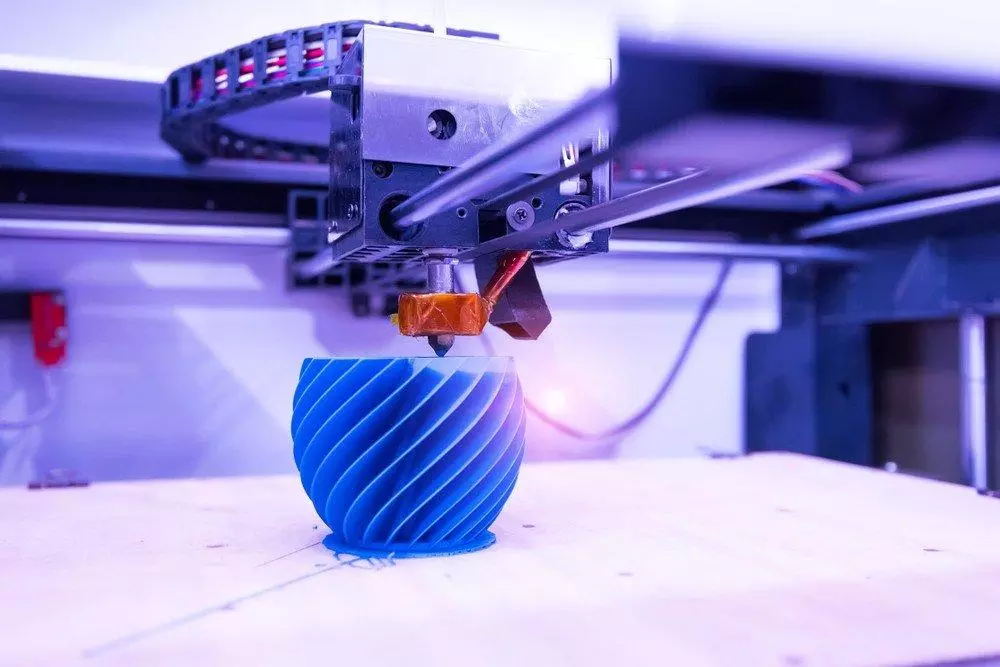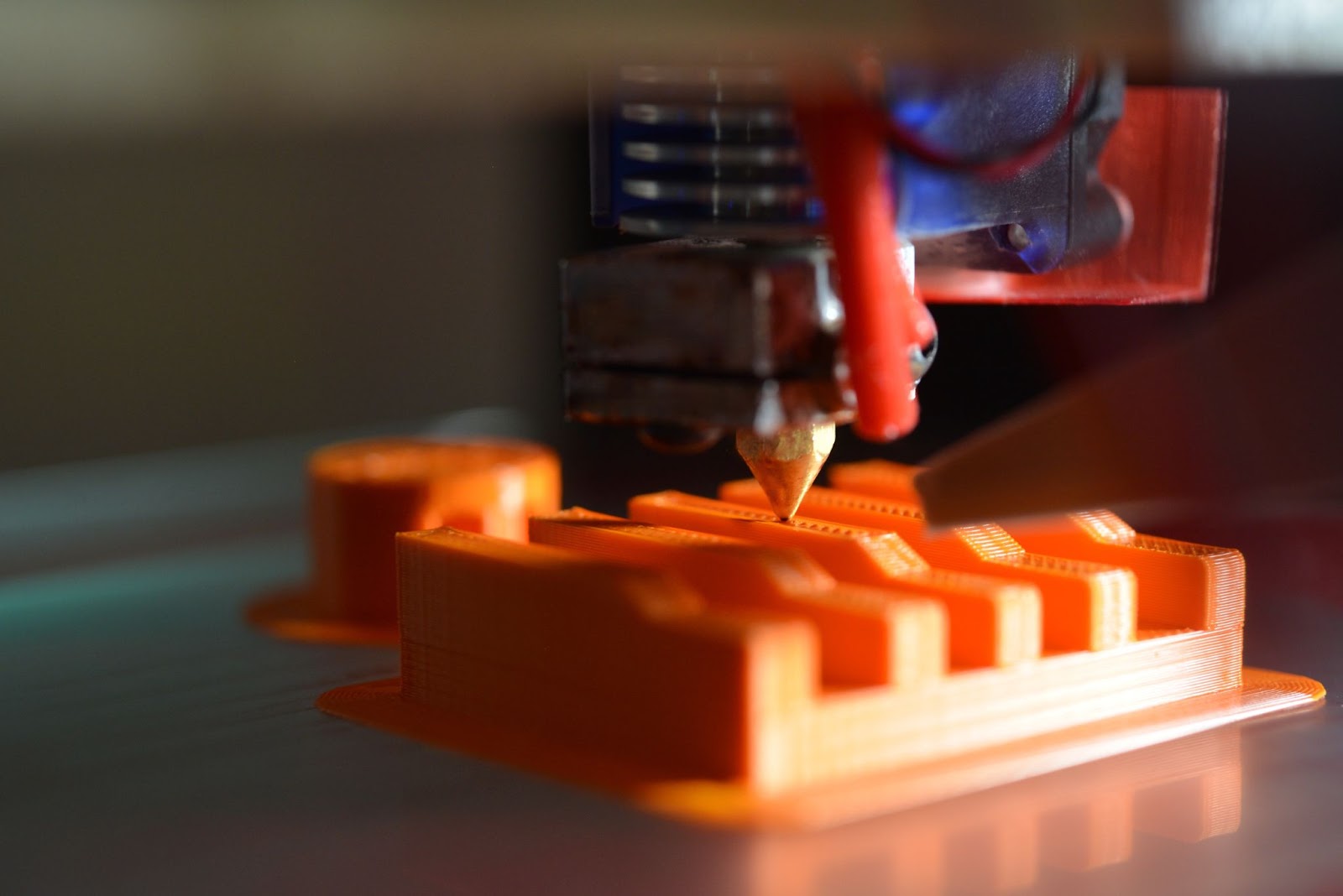Comments
- No comments found

With its remarkable ability to convert digital designs into tangible objects, 3D printing is revolutionizing industries across the board.
From healthcare and aerospace to architecture and beyond, the impact of this cutting-edge innovation is undeniable.
In this article, we will explore the incredible journey of 3D printing, unveiling its power to unlock unprecedented design freedom, accelerate innovation, and disrupt traditional manufacturing processes.

3D printing is an innovative manufacturing process that allows the creation of three-dimensional objects by adding material layer by layer. It is also known as additive manufacturing. This groundbreaking technology has gained significant attention in various industries due to its potential to revolutionize production processes. By utilizing digital design files, 3D printing enables the fabrication of complex geometries and intricate structures that would be challenging to achieve through traditional manufacturing methods. This technology opens up endless possibilities, from rapid prototyping and customized production to medical advancements and architectural marvels. As the 3D printing industry continues to evolve, it promises to reshape the way we design, create, and interact with objects in the future

One of the most significant advantages of 3D printing is the freedom it offers in design. Unlike traditional manufacturing methods that often have design constraints, 3D printing allows for the creation of complex geometries, intricate details, and organic shapes. Designers and engineers can unleash their creativity and explore new possibilities without compromising manufacturability.
Personalization has become a game-changer, redefining the way we connect with products. Enter the world of tailored products, where individuality takes center stage. A catalyst behind this transformative trend is the revolutionary technology known as rapid 3D printing. This cutting-edge method empowers customers to craft bespoke items that reflect their unique tastes and preferences. With the boundless potential of rapid 3D printing service, individuals can transcend the limitations of mass production, unleashing a realm of endless possibilities limited only by their imagination.
Traditional prototyping methods can be time-consuming and expensive, hindering the pace of innovation. 3D printing has revolutionized prototyping by offering rapid iteration cycles. Design modifications can be quickly implemented and tested, reducing development time and enabling faster product iterations. This accelerated design cycle enhances the innovation process and allows for quicker market entry.
3D printing can significantly reduce both time and cost in the manufacturing process. With its ability to produce complex objects as a single piece, it eliminates the need for assembly and reduces material waste. Additionally, the ability to print on demand, locally, and in smaller batches can optimize supply chains, lower inventory costs, and shorten lead times. These advantages make 3D printing an attractive option for companies seeking to improve their operational efficiency.
3D printing has the potential to disrupt traditional manufacturing models. With the ability to produce objects on demand, it reduces the need for large-scale production runs and centralized manufacturing facilities. Instead, localized manufacturing hubs and micro-factories can be established, bringing production closer to consumers and minimizing transportation and logistical costs.
Traditional manufacturing often involve complex and lengthy supply chains, with the need for extensive inventories and distribution networks. 3D printing enables the optimization of supply chains by producing items closer to the point of use. By reducing the reliance on inventory storage and transportation, this technique offers potential cost savings, enhanced flexibility, and improved responsiveness to market demands.

One of the most significant advancements facilitated by 3D printing is in the healthcare industry. With its ability to create customized and patient-specific products, 3D printing has revolutionized the field of prosthetics and orthotics. Traditional methods often involve lengthy and expensive processes, whereas this additive manufacturing allows for the production of personalized prosthetic limbs and orthotic devices in a fraction of the time and cost.
Another application of 3D printing in healthcare is bioprinting. Bioprinting is an innovative technology that uses specialized 3D printers to deposit living cells, biomaterials, and growth factors. It has immense potential for organ transplantation, tissue engineering, and drug development. This cutting-edge technique offers hope for patients in need of organ replacements.
The aerospace and automotive industries have embraced 3D printing for its ability to produce lightweight components with enhanced performance characteristics. By utilizing materials such as carbon fiber-reinforced polymers and titanium alloys, it enables the creation of parts that are stronger, lighter, and more fuel-efficient. This technology allows for the optimization of designs and the production of complex geometries that were previously unattainable.
In addition to manufacturing end-use components, 3D printing has become invaluable in the prototyping phase of product development. It allows for rapid iteration and quick validation of designs, significantly reducing the time and cost associated with traditional prototyping methods. Furthermore, itfacilitates the on-demand production of spare parts, eliminating the need for extensive inventory storage and logistics.
The architecture and construction industries are also being reshaped by 3D printing. By utilizing sustainable and recyclable materials, such as biopolymers and concrete composites, 3D printing enables the creation of eco-friendly structures with reduced waste and environmental impact. This technology opens up possibilities for efficient and sustainable construction practices, including the development of affordable housing solutions.
The advent of 3D printing has sparked interest in architectural innovation and urban design by enabling the fabrication of intricate and complex structures.. From artistic installations to futuristic building designs, architects and designers are exploring the potential of 3D printing to push the boundaries of creativity and construction. This technology allows for the realization of unique and visually stunning structures that blend art and functionality.

The continuous development of materials and technology is a driving force behind the growth and expansion of 3D printing. Researchers and engineers are constantly pushing the boundaries to introduce new high-performance materials suitable for 3D printing. These include advanced polymers, metals, ceramics, and composites with improved strength, durability, and functionality. Furthermore, advancements in printing technologies, such as multi-material and multi-color printing, are expanding the possibilities for creating more complex and realistic objects.
As 3D printing continues to evolve, new frontiers are being explored. Large-scale printing is gaining traction, allowing for the construction of buildings and infrastructure with 3D printing technology. This has the potential to revolutionize the construction industry by offering faster, more cost-effective, and sustainable building methods. Additionally, the integration of 3D printing with other technologies such as the Internet of Things (IoT) and artificial intelligence (AI) holds promise for enhanced functionality, automation, and customization.
While 3D printing has made significant strides, challenges and concerns remain. Material limitations, such as limited material options and inconsistencies in material properties, need to be addressed for wider application across industries. Quality control and assurance are critical to ensure the reliability and performance of 3D-printed products. Moreover, intellectual property and legal considerations, including copyright and patent issues, must be carefully navigated to protect innovation and prevent unauthorized replication.
The advancement of 3D printing is transforming industries across the board, from healthcare to aerospace, architecture to automotive. Its design freedom, customization options, accelerated innovation, and disruption of traditional manufacturing models are propelling industries into a new era. Despite challenges, the future of 3D printing holds immense potential for growth, innovation, and societal impact. Embracing this technology will shape a new future where imagination becomes reality.
Leave your comments
Post comment as a guest